Blockchain Technologies
Series Editors
Dhananjay Singh
Department of Electronics Engineering, Hankuk University of Foreign Studies, Yongin-si, Korea (Republic of)
Jong-Hoon Kim
Kent State University, Kent, OH, USA
Madhusudan Singh
Endicott College of International Studies, Woosong University, Daejeon, Korea (Republic of)
This book series aims to provide details of blockchain implementation in technology and interdisciplinary fields such as Medical Science, Applied Mathematics, Environmental Science, Business Management, and Computer Science. It covers an in-depth knowledge of blockchain technology for advance and emerging future technologies. It focuses on the Magnitude: scope, scale & frequency, Risk: security, reliability trust, and accuracy, Time: latency & timelines, utilization and implementation details of blockchain technologies. While Bitcoin and cryptocurrency might have been the first widely known uses of blockchain technology, but today, it has far many applications. In fact, blockchain is revolutionizing almost every industry. Blockchain has emerged as a disruptive technology, which has not only laid the foundation for all crypto-currencies, but also provides beneficial solutions in other fields of technologies. The features of blockchain technology include decentralized and distributed secure ledgers, recording transactions across a peer-to-peer network, creating the potential to remove unintended errors by providing transparency as well as accountability. This could affect not only the finance technology (crypto-currencies) sector, but also other fields such as:
Crypto-economics Blockchain
Enterprise Blockchain
Blockchain Travel Industry
Embedded Privacy Blockchain
Blockchain Industry 4.0
Blockchain Smart Cities,
Blockchain Future technologies,
Blockchain Fake news Detection,
Blockchain Technology and Its Future Applications
Implications of Blockchain technology
Blockchain Privacy
Blockchain Mining and Use cases
Blockchain Network Applications
Blockchain Smart Contract
Blockchain Architecture
Blockchain Business Models
Blockchain Consensus
Bitcoin and Crypto currencies, and related fields
The initiatives in which the technology is used to distribute and trace the communication start point, provide and manage privacy, and create trustworthy environment, are just a few examples of the utility of blockchain technology, which also highlight the risks, such as privacy protection. Opinion on the utility of blockchain technology has a mixed conception. Some are enthusiastic; others believe that it is merely hyped. Blockchain has also entered the sphere of humanitarian and development aids e.g. supply chain management, digital identity, smart contracts and many more. This book series provides clear concepts and applications of Blockchain technology and invites experts from research centers, academia, industry and government to contribute to it.
If you are interested in contributing to this series, please contact msingh@endicott.ac.kr OR loyola.dsilva@springer.com
More information about this series at http://www.springer.com/series/16276
Editors
Seok-Won Lee , Irish Singh and Masoud Mohammadian
Blockchain Technology for IoT Applications
1st ed. 2021

Logo of the publisher
Editors
Seok-Won Lee
Department of Software and Computer Engineering, Department of Artificial Intelligence, Ajou University, Suwon, Korea (Republic of)
Irish Singh
Department of Computer Engineering, Ajou University, Suwon, Korea (Republic of)
Masoud Mohammadian
Department of Information System, University of Canberra, Canberra, ACT, Australia
ISSN 2661-8338 e-ISSN 2661-8346
Blockchain Technologies
ISBN 978-981-33-4121-0 e-ISBN 978-981-33-4122-7
https://doi.org/10.1007/978-981-33-4122-7
The Editor(s) (if applicable) and The Author(s), under exclusive license to Springer Nature Singapore Pte Ltd. 2021
This work is subject to copyright. All rights are solely and exclusively licensed by the Publisher, whether the whole or part of the material is concerned, specifically the rights of translation, reprinting, reuse of illustrations, recitation, broadcasting, reproduction on microfilms or in any other physical way, and transmission or information storage and retrieval, electronic adaptation, computer software, or by similar or dissimilar methodology now known or hereafter developed.
The use of general descriptive names, registered names, trademarks, service marks, etc. in this publication does not imply, even in the absence of a specific statement, that such names are exempt from the relevant protective laws and regulations and therefore free for general use.
The publisher, the authors and the editors are safe to assume that the advice and information in this book are believed to be true and accurate at the date of publication. Neither the publisher nor the authors or the editors give a warranty, expressed or implied, with respect to the material contained herein or for any errors or omissions that may have been made. The publisher remains neutral with regard to jurisdictional claims in published maps and institutional affiliations.
This Springer imprint is published by the registered company Springer Nature Singapore Pte Ltd.
The registered company address is: 152 Beach Road, #21-01/04 Gateway East, Singapore 189721, Singapore
Preface
The blockchain technology is a distributed database for storing immutable growing records of transactions grouped into blocks, which are secured by cryptography, where each block is connected to other blocks, holding the hash of the previous block in the chain.
The blockchain technology is potentially an extremely disruptive technology that has the capability of reshaping all facets of society and its processes. It has revolutionized the means by which we communicate and exchange information by eliminating third-party providers and provisioning data security and integrity. Based on prospective capacities, the Blockchain revolution has been distributed into three classes: Blockchain 1.0, 2.0, and 3.0. This book focuses on Blockchain 3.0 (Blockchain Applications), especially projecting Internet of Things (IoT) applications in the fields of requirements engineering (RE), decentralized autonomous organization (DAO), supply chain management, artificial intelligence (AI), education, data management and data mining, smart agriculture, and health care.
This book focuses on projecting Blockchain and IoT techniques from a few perspectives, which are models, architectures, network models, review, scenarios, use cases, requirements modelling approaches, and data management.
The main contents of this book are derived from the most advanced technical achievements or discoveries in the areas such as the RE model for Blockchain-enabled IoT, decentralized autonomous organizations (DAO) for robot and IoT data exchanges, Hyperledger-based blockchain architecture for IoT and supply chain management services, framework to acquire a business process model, Blockchain IoT (BIoT)-based smart agriculture model, and layered architecture for a Blockchain-based personal information management system (PIMS).


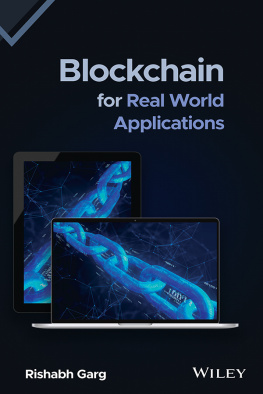

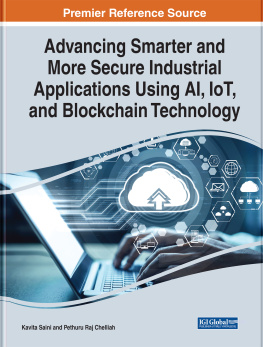
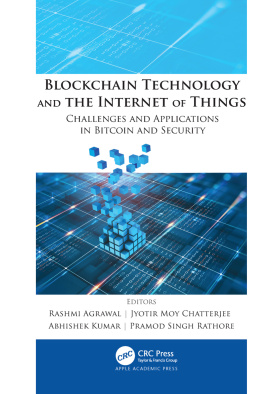
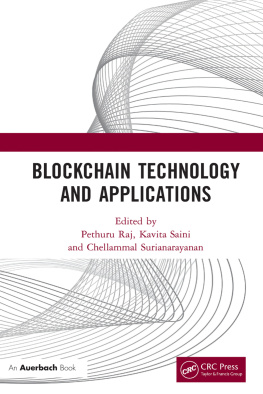
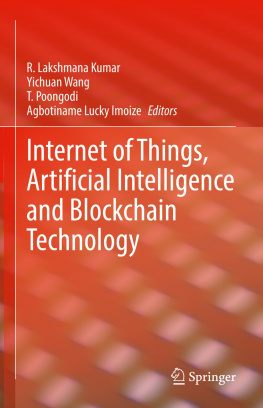
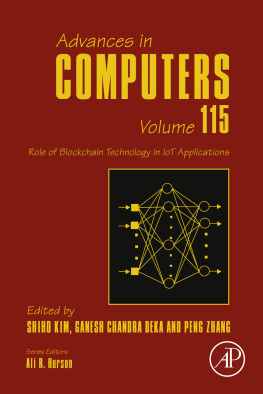

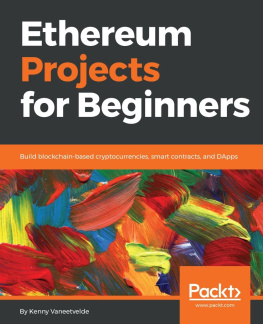
![Eric Traub [Eric Traub] - Learn Blockchain Programming with JavaScript](/uploads/posts/book/120568/thumbs/eric-traub-eric-traub-learn-blockchain.jpg)

